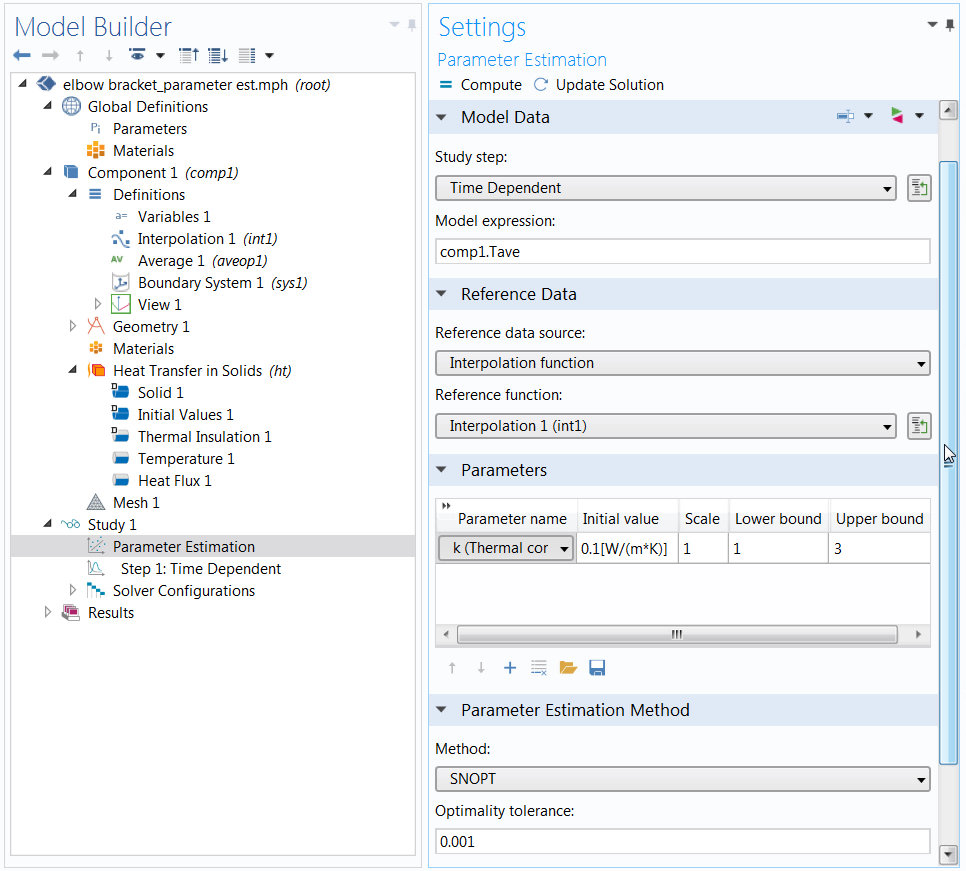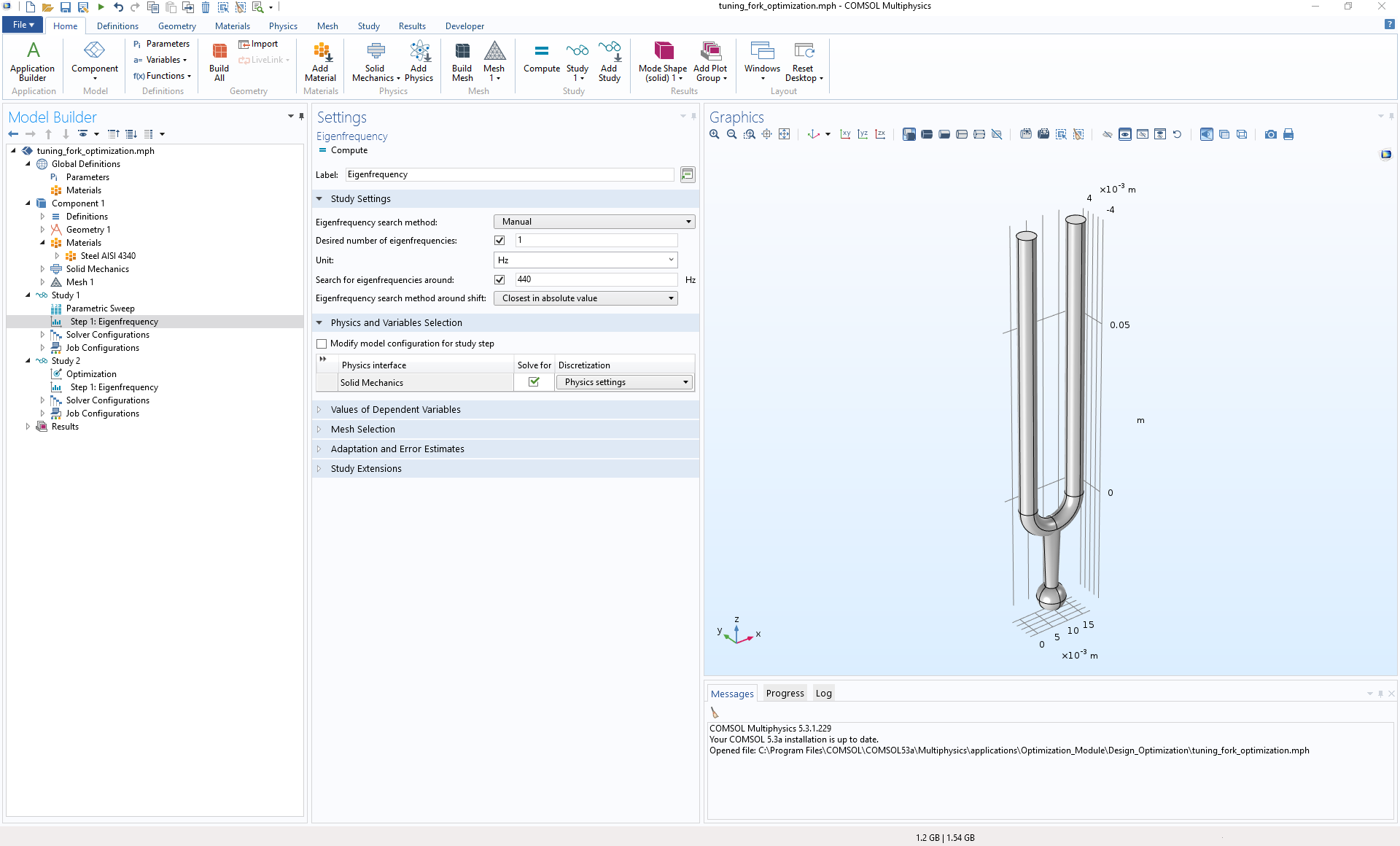

In version 5.6, the Batteries & Fuel Cells Module has changed its name to the Battery Design Module while retaining all functionality. With this new product, we can provide users in the automotive, renewable energy, hydrogen technology, and electrochemical process industries with state-of-the-art modeling and simulation tools," said Henrik Ekstrom, technology manager of electrochemistry products at COMSOL. "We see an important emergent market in the hydrogen economy, but also in understanding and optimizing existing electrolyzer processes. The Fuel Cell & Electrolyzer Module provides engineers in hydrogen technology with new functionality for investigating the conversion and storage of electrical energy. New Products for Fuel Cells & Electrolyzers, Polymer Flow, Control Systems, and Fluid Propertiesįour new products expand what you can do with Comsol multiphysics, including modeling fuel cells and electrolyzers, polymer flow, control systems, and fluid properties. In the Application Builder, new application templates provide a quick and intuitive way to create organized user interfaces for simulation apps. Handling of larger CAD assemblies has improved with more robust solid operations and easier detection of gaps and overlaps in assemblies. Material rendering of, for example, metals can be mixed with field visualizations and have environment reflections that look more real. Other graphics news includes visualizations that are partly opaque and partly transparent and the ability to make imported images part of a visualization. This type of analysis is useful within automotive and sonar research and development.Ĭlip Planes, Improved Handling of CAD Assemblies, and Application TemplatesĬlip planes enable easy selection of boundaries and domains inside of complex CAD models. A new boundary element method formulation enables analyses of acoustics models that are up to an order of magnitude larger than previous versions. Certain classes of viscoelastic structural analysis are now more than 10 times faster.

With all of these improvements, the CPU time improvements can even exceed 50% for time-dependent CFD,” said Jacob Ystrom, technology manager of numerical analysis at COMSOL. For CFD, we have improved the coupled velocity-pressure preconditioner and also added a brand new preconditioner that decouples the updates of these variables. The improvements are even more pronounced when using clusters, giving improvements in the range of 20–50% for both CPU time and memory requirements. These improvements benefit most models using these solvers, giving performance improvements up to 30%. "In version 5.6, we have made general improvements to both the algebraic multigrid and the domain decomposition solver technologies. Solver performance has greatly improved in version 5.6, to the benefit of COMSOL® users working with large models that have millions of degrees of freedom. Four new products expand the capabilities of Comsol multiphysics for modeling fuel cells and electrolyzers, polymer flow, control systems, and high-accuracy fluid models.įaster and More Memory-Efficient Solvers for a Wide Range of Applications A range of new graphics features - including clip planes, realistic material rendering, and partial transparency - offer enhanced visualization for simulation results. The new version features faster and more memory-lean solvers for multicore and cluster computations, more efficient CAD assembly handling, and application layout templates.

Global parameters in comsol 5.1 software#
COMSOL, provider of software solutions for multiphysics modeling, simulation, and application design and deployment, has released version 5.6 of the Comsol multiphysics® software.


 0 kommentar(er)
0 kommentar(er)
